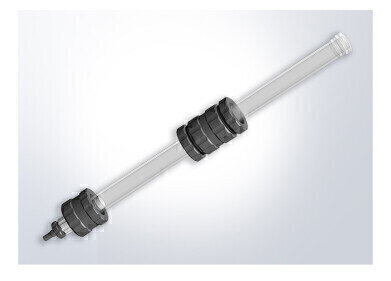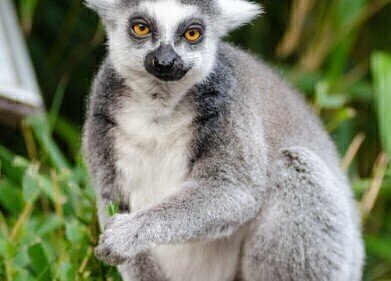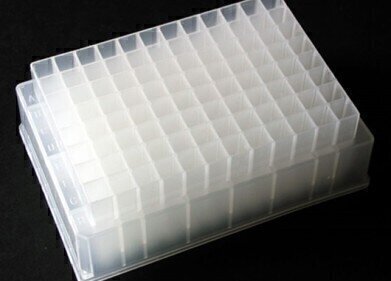Preparative
Russian Chicken Legs — What's All the Fuss About?
Dec 23 2016
Food safety is a topic that affects us all. We all eat, and whether you are vegan, vegetarian or eat anything put in front of you, the cleanliness and safety of our food ultimately can determine how healthy we are. Food scares can range from E. coli on vegetables to melamine in milk-based baby formula powder and can happen because of many different factors — not all down to producers and manufacturers.
But undoubtedly, some of the main concerns in food safety concern meat. From BSE in burgers to various strains of Salmonella in poultry — the safety of the meat we eat is tightly regulated in the European Union. Strict hygiene controls on farms, transport companies, slaughterhouses and meat processing plants means that the UK has some of the safest meat in the world.
Beefed-up beef
One of the most controversial practices that has been banned in the UK is the use of excessive antibiotics and growth promoters in the meat food chain. Because of the possible side-effects on humans the use of souped-up animal feed is prohibited — but that doesn’t mean it has disappeared. Drugs such as furazolidone was used as a growth promoter — producing large animals in a quicker than normal time.
Furazolidone is an anti-microbial agent and is part of the class of drugs known as nitrofurans. The drugs were found to be very effective in preventing and treating infections such as E. coli and Salmonella in poultry and cattle. It was also used in fish and bees to prevent and treat infections. But the breakdown products — or metabolites — of furazolidone have cancer causing properties, they are carcinogenic. Consequently, the use of furazolidone to treat ‘food animals’ was banned in the EU in 1995 and in the USA in 2009. Unfortunately, the drug is still in use and several cases of contaminated animal feed supply are found each year.
Russian chicken storm
The website Globalmeatnews has recently carried a story about possible contaminated poultry at a Russian poultry farm. They report that the Russian veterinary body Rosselkhoznadzor has found evidence of nitrofurans metabolites and furazolidone metabolites in chicken legs from a poultry farm in the Lipetsk Oblast, a region south east of Moscow.
But in a press release, the company at the centre of the scare — Cherkizovo — has stated that the veterinary body’s finding is wrong. They suggest that the findings are due to an old test method that the vets used that is based on an immunoenzyme method and can generate errors up to 40%. Most labs now use a method based on high performance liquid chromatography with mass spectrometry to analyse meat products for nitrofuran metabolites as discussed in this article, An Improved Evaporative Sample Preparation Methodology for Determining Nitrofuran Antibiotic Residues in Foodstuffs from Chromatography Today.
The company states that it uses no growth promoters and has not had any additional veterinary controls placed on it.
Now, let’s get ready to carve that turkey.
Events
Jan 20 2025 Amsterdam, Netherlands
Feb 03 2025 Dubai, UAE
Feb 05 2025 Guangzhou, China
Mar 01 2025 Boston, MA, USA
Mar 04 2025 Berlin, Germany













